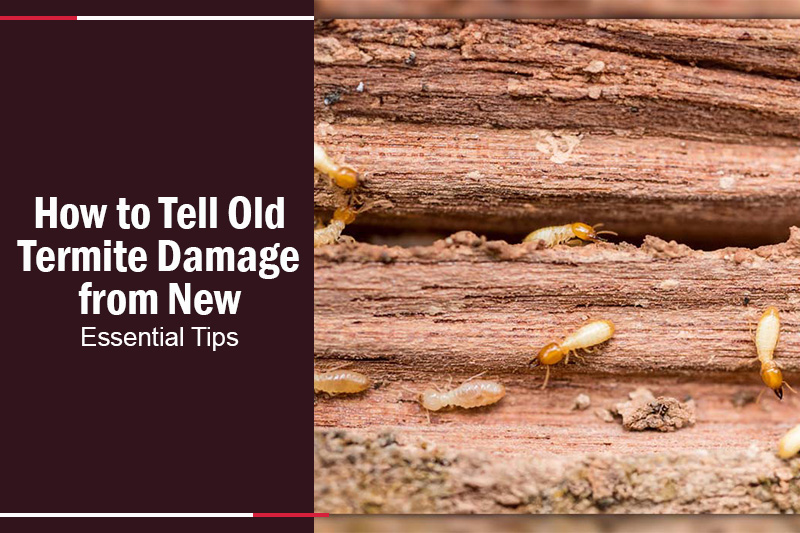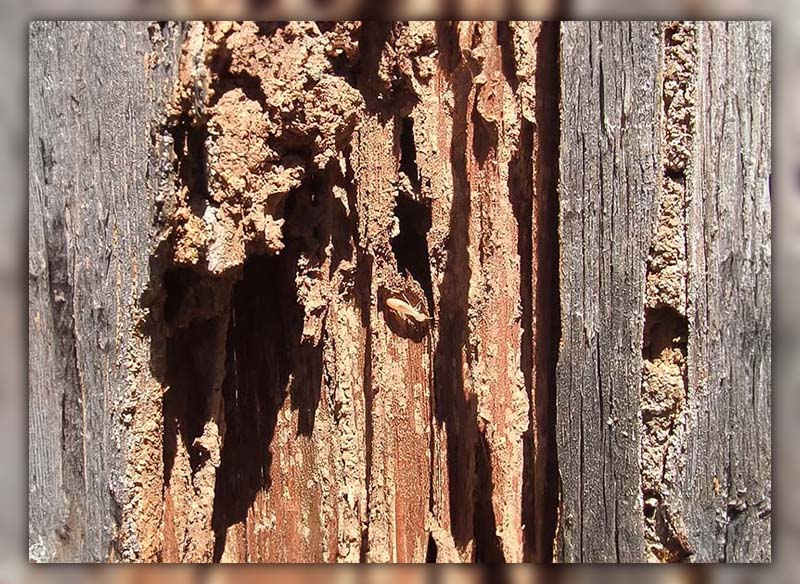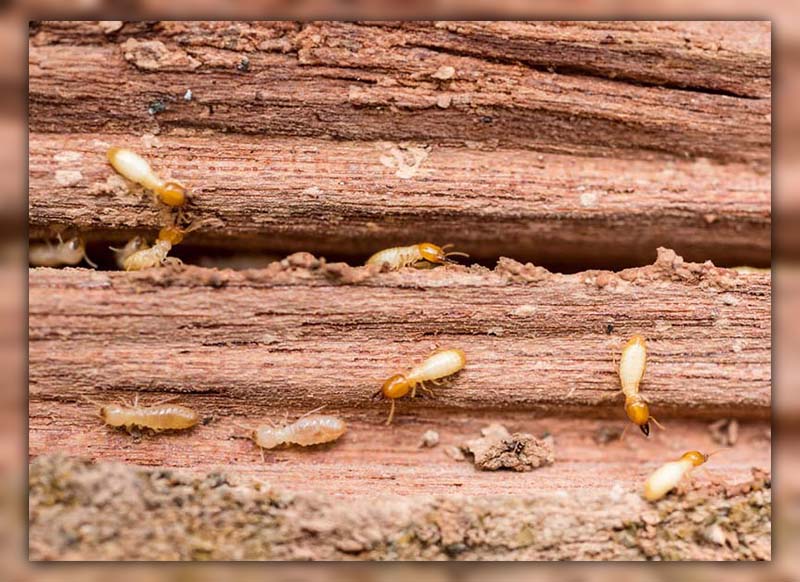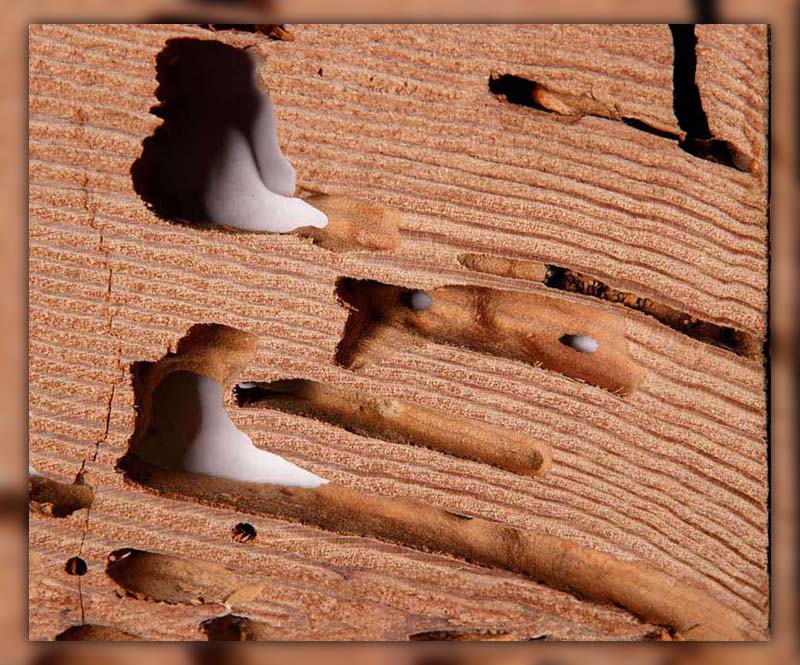‘How to tell old termite damage from new‘ is a vital skill every homeowner should master.

1. How to tell Old Termite Damage from New?
For many homeowners, distinguishing between old and new termite damage can be challenging. While it often requires an expert’s eye to be certain, there are several clear indicators that can provide helpful insights. Understanding how to tell if termite damage is old is particularly tricky but crucial.
New termite damage usually looks lighter in color and more like it just happened. If termites are still there, you might see the termites themselves or their wings close to where the damage is.
Conversely, old termite damage typically appears darker and more weathered. For new homeowners, identifying past termite treatments, such as drill holes or repaired areas, can also indicate previous infestations.
It’s important to keep in mind that even if you only see signs of old damage, there might still be termites around.

2. Recognizing The Specific Indicators of Old and New Termite Damage
Termites can wreak havoc on both homes and businesses, making it essential to identify the signs of termite damage, whether old or new. Old termite damage vs new is a crucial distinction for property maintenance. Here’s a breakdown of the specific signs to watch for:
Old Termite Damage
- Hollow-sounding Wood: Termites create long tunnels or galleries inside wood, weakening it. When tapped, this wood often sounds hollow.
- Cracked or Distorted Paint: The tunneling action of termites can cause the paint on wooden surfaces to crack or warp.
- Small Pinpoint Holes: Look for tiny, pinpoint holes in wood surfaces, indicative of old termite activity.
- Termite Droppings (Frass): These look like small, dark pellets or similar to sawdust, often found near areas of old damage.
New Termite Damage
- Swarming Termites: Particularly in spring, the appearance of winged termites around a building suggests a new infestation.
- Mud Tubes: These are built by subterranean termites for travel between their nest and food sources. Spotting them on foundation walls or other surfaces is a red flag for new termite activity.
- Fresh Wood Damage: New damage may show wood that looks moist or wet.
- Buckling Wood: As termites consume wood, it can weaken and start to buckle or sag under its own weight.

3. Why Homeowners should be concerned about Old Termite Damage?
Homeowners should be very concerned about old termite damage for several reasons:
- Structural Damage: Termites can cause major harm to your home’s structure, including walls, floors, and ceilings. If not fixed, this damage can weaken your house, making it unsafe.
- Risk of Termites Returning: Even if you got rid of termites before, they could come back. If you didn’t fix the old damage, it might be easier for new termites to get in and harm your home again.
- Health Issues: Termites don’t directly harm people or pets, but old termite damage can lead to mold and other harmful things growing in your home. This can cause breathing problems and other health issues.
Promptly repairing old termite damage is vital for maintaining your home’s safety and value. While differentiating between old and new damage can be challenging, it’s a crucial skill for homeowners and property managers.

Conclusion
In conclusion, understanding “How to tell old termite damage from new” is not just about identifying a problem, it’s about taking proactive steps to protect your home.
For more insightful tips and expert advice on keeping your home pest-free, don’t forget to explore more blogs from Pestweek.

Calina Mabel has over 15 years of experience in the field of journalism and communications. Currently, Calina Mabel is the Content Writer for categories such as Cockroach, Ants, Bed Bugs, Mosquito, Rodent, Termite, and Flies on Pestweek.com. She aims to build content for these categories with a focus on providing valuable and accessible information to readers, in order to create the world’s largest knowledge community about Pests.
All content written by Calina Mabel has been reviewed by Emily Carter.

